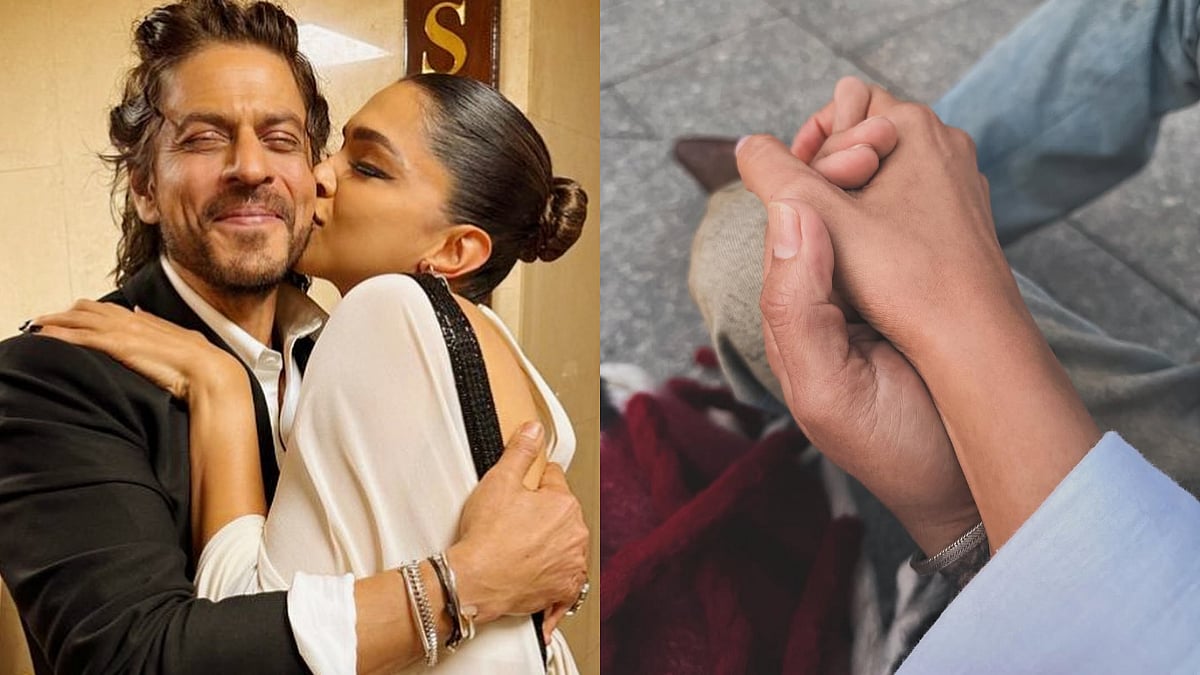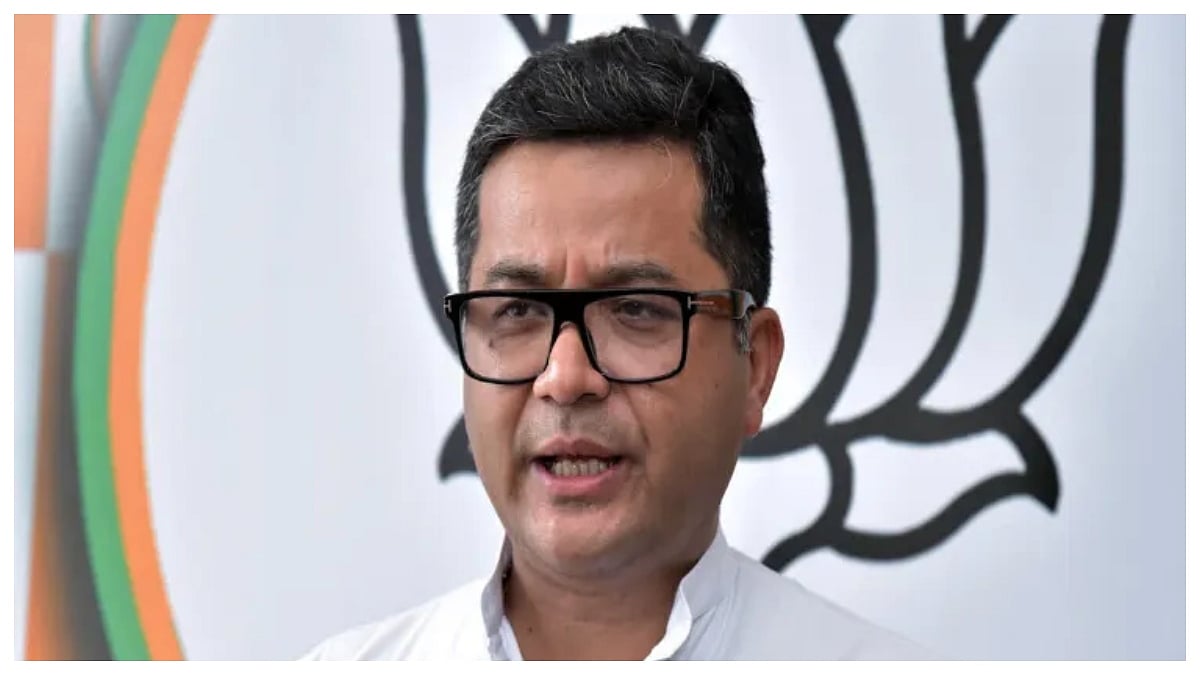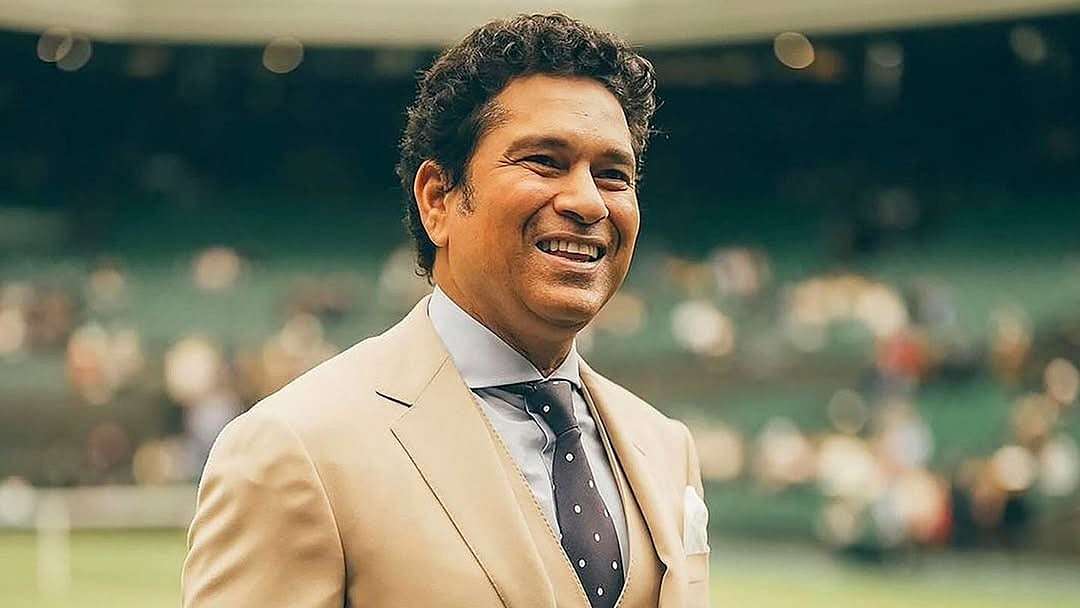Mumbai: On Friday night before the Mumbai Metropolitan Region Development Authority (MMRDA) planned to begin demolishing the 125-year-old Elphinstone bridge, residents from 19 surrounding buildings protested vigorously against the closure at around 8PM. Following a standoff lasting over four hours between the protestors and MMRDA officials, the government's demolition plans were temporarily halted just after midnight.
Kalidas Kolambkar, the Wadala constituency MLA, confirmed that the Chief Minister’s office instructed a pause in operations until a meeting on the following Monday, where a final decision regarding the demolition would be reached.
The tension escalated by 9pm, as MMRDA officials had begun closing one lane and dismantling the divider. When they had removed a portion of it, protestors intervened by climbing onto construction equipment, demanding a halt to the work. Although the bridge's full demolition is slated to be completed over three months, the initial phase affects residents of Haji Noorani and Laxmi Niwas CHS, who face eviction.
Many expressed their frustration, asserting that they received no clear information regarding alternative housing options despite notices being posted about the demolition. Komal Parab, a resident of Haji Noorani, noted that the Brihanmumbai Municipal Corporation (BMC) had only issued a demolition notice without providing relocation details.
Residents emphasized their desire to remain in the same neighbourhood where they have lived for generations and conducted businesses. They criticized proposed relocation options, which included locations deemed unsafe or too distant from their current community.
During a protest, residents expressed concerns over inadequate compensation for their homes, which is far below market value. They highlighted the adverse effects of closing a vital east-west route in south Mumbai, with unsuitable alternatives like the under-construction Tilak bridge and overcrowded Currey Road bridge. Commuters fear increased travel times, emphasizing the lack of viable options for mobility. The residents would voice their concerns in the upcoming meeting, hoping for a fair hearing.
The MMRDA intended to close the bridge to facilitate the construction of the new Worli-Sewri connector. The traffic police had already designated alternate routes for commuters, including the Tilak bridge and Chinchpokli bridge.
Parents participating in the demonstration expressed anxiety over the increased travel time for their children to reach schools and access hospitals due to the closure. Pallavi Padiyar, another local resident, shared that what currently takes about ten minutes to schools in Parel East or Dadar would extend to approximately an hour. Similarly, patients in the western area rely on the eastern hospitals like KEM, Tata Memorial, and Wadia, further complicating their access to necessary medical care.
Traffic department DCP Samadhan Pawar noted that a strategy was in place for the bridge's closure, including planned traffic diversions based on public feedback and a commitment to deploying additional personnel to mitigate congestion. Earlier in the day, high-ranking officials from the traffic department visited the site to assess the situation. Despite these assurances, residents remained uneasy, advocating for more robust solutions.











